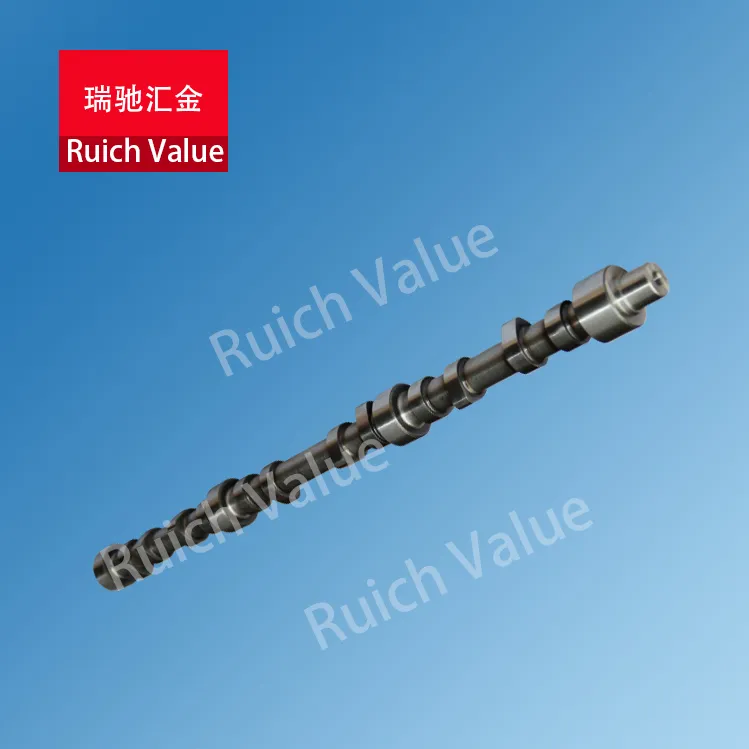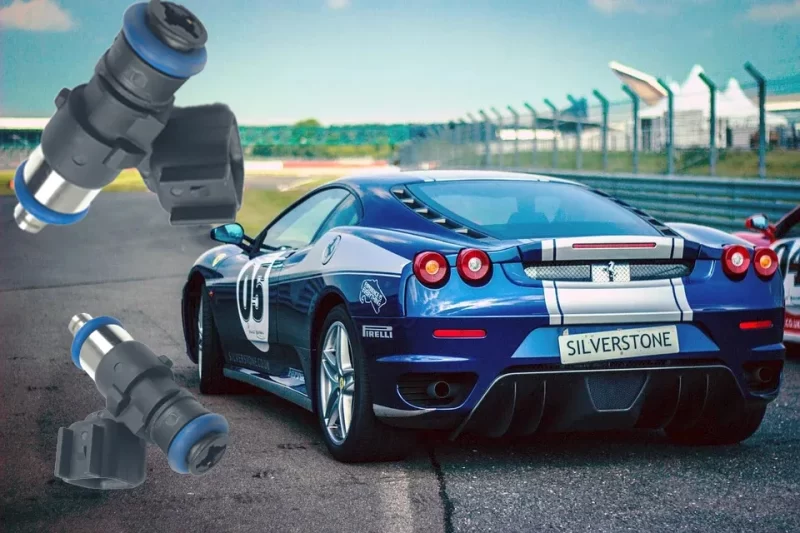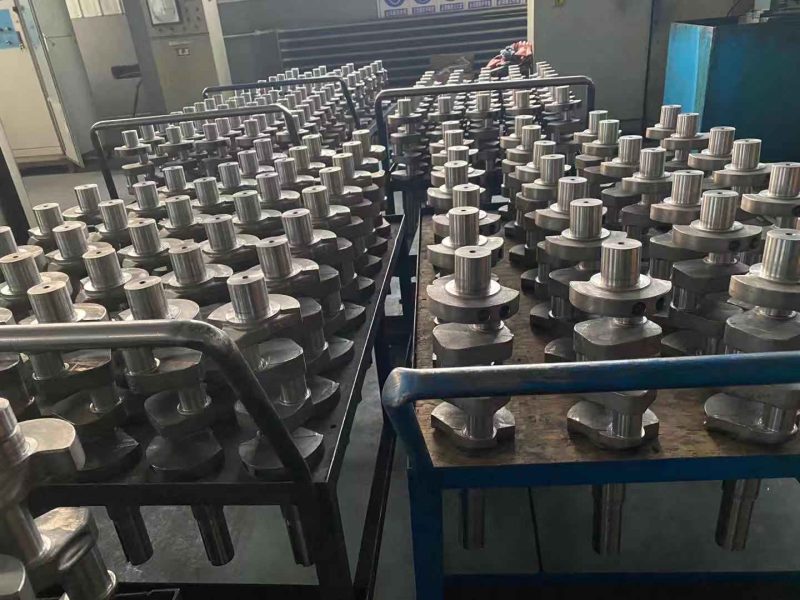In an engine, the camshaft controls the timing of the opening and closing of the valves that allow fresh air to come in and exhaust to go out. In some later designs, it also controls the timing and operation of the fuel injectors and ultimately the performance output of the engine. A smooth working engine requires a precision camshaft. The body of the camshaft is a cylindrical rod the same length as the cylinder. There are several cams on it, which are used to drive the valves. One end of the camshaft is the bearing support point, and the other end is connected to the drive wheel. The sides of the cam are egg-shaped. The purpose of its design is to ensure sufficient intake and exhaust of the cylinder, specifically to complete the opening and closing of the valve in the shortest possible time.


In addition, considering the durability of the engine and the smoothness of operation, the valve should not have too much impact due to the acceleration and deceleration process during the opening and closing actions, otherwise, it will cause serious valve wear, and increased noise, or other serious consequences. Therefore, there is a direct relationship between the cam and the engine’s power, torque output, and smoothness of operation. Generally speaking, in an in-line engine, one cam corresponds to one valve, and in a V-type engine or a horizontally opposed engine, every two valves share a cam. Ruich Value camshafts deliver the quality and reliability you come to expect from a trusted industry leader.


